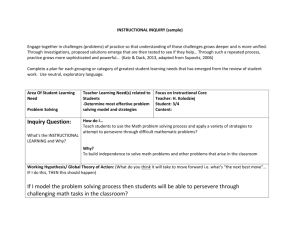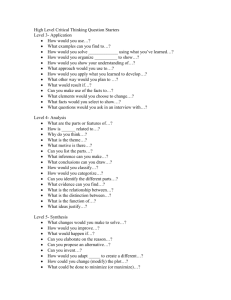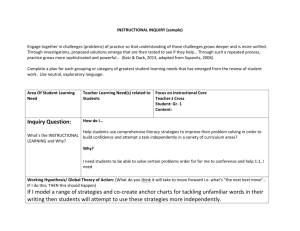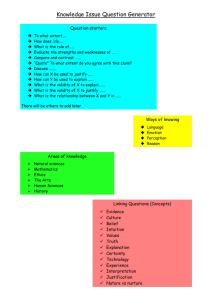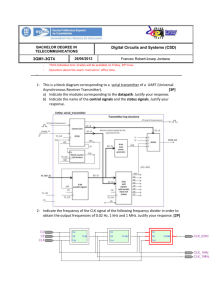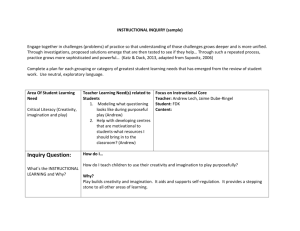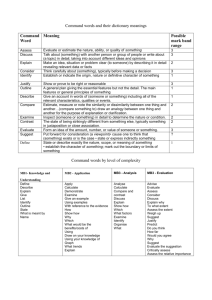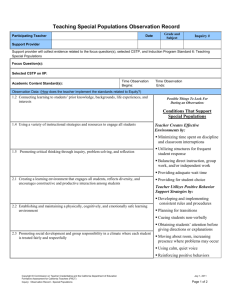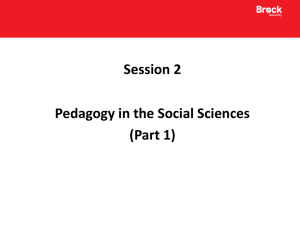Instructional Inquiry Cycle TemplateKB
advertisement
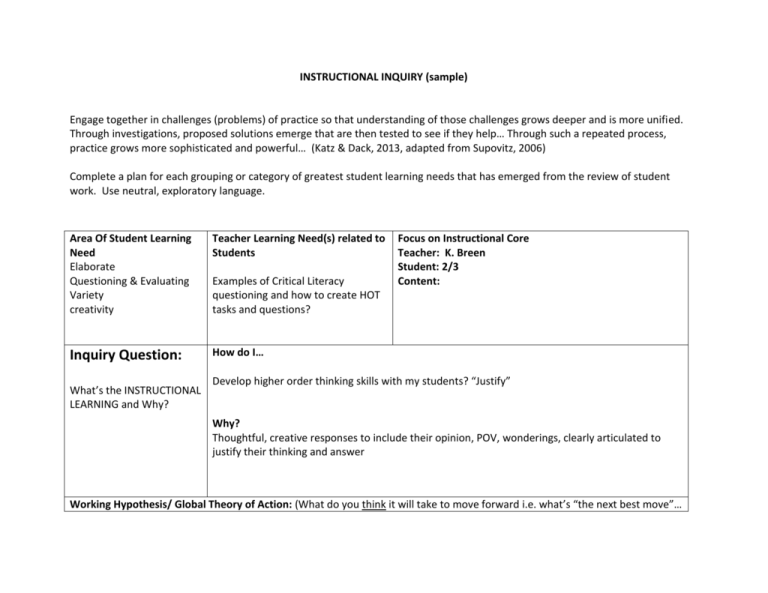
INSTRUCTIONAL INQUIRY (sample) Engage together in challenges (problems) of practice so that understanding of those challenges grows deeper and is more unified. Through investigations, proposed solutions emerge that are then tested to see if they help… Through such a repeated process, practice grows more sophisticated and powerful… (Katz & Dack, 2013, adapted from Supovitz, 2006) Complete a plan for each grouping or category of greatest student learning needs that has emerged from the review of student work. Use neutral, exploratory language. Area Of Student Learning Need Elaborate Questioning & Evaluating Variety creativity Teacher Learning Need(s) related to Students Inquiry Question: How do I… What’s the INSTRUCTIONAL LEARNING and Why? Examples of Critical Literacy questioning and how to create HOT tasks and questions? Focus on Instructional Core Teacher: K. Breen Student: 2/3 Content: Develop higher order thinking skills with my students? “Justify” Why? Thoughtful, creative responses to include their opinion, POV, wonderings, clearly articulated to justify their thinking and answer Working Hypothesis/ Global Theory of Action: (What do you think it will take to move forward i.e. what’s “the next best move”… IF I do this, THEN this should happen) If I provide models for higher order thinking, provide criteria around and opportunities for accountable talk then students will be able to justify their answers to include proof, opinion and wonderings. PLAN – ACT – ACCESS – REFLECT … a 4-6 week cycle of inquiry My Next Best Move (What will I do next instructionally?) Establish criteria of expected behavior Accountable chart with sentence starters Model with another teacher APE Justify & show your answer Q Chart (question each other) Ask critical literacy guest Success Criteria (What will success for that “move” look like?) Sub vocab/drawings Use sentence starters Locate hand on proof/example -drama -representations to prove No. and/or words Appropriate visuals (pictures no words) Anchor charts Evidence – Impact (Where will I look to determine the success of my move? What is the student work supporting this?) Evernote and video Conferencing Student work Gallery walk/talk Listening/speaking Reflection (What did I learn from the move?)
